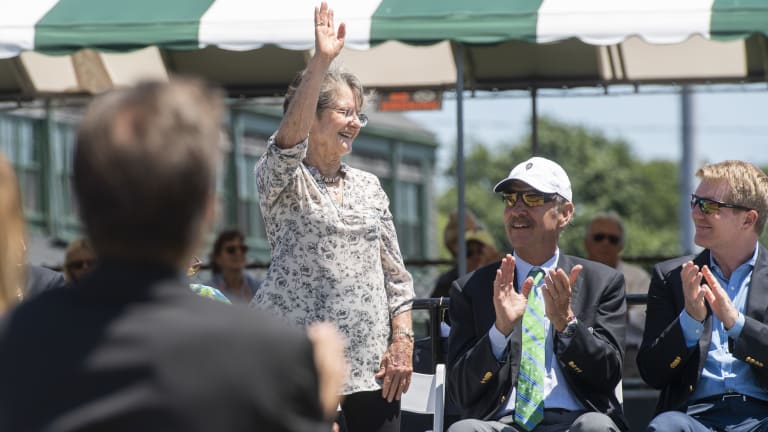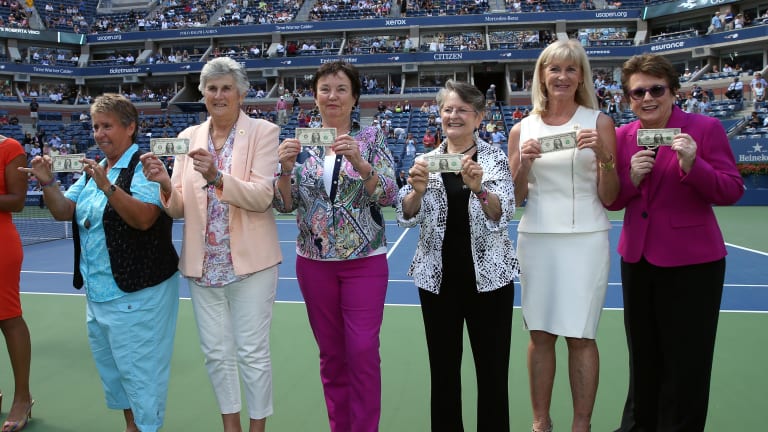Tennis.com Interview
Nancy Richey on Jessica Pegula's motivation, Coco Gauff's nerves, and the modern-day match-up she wishes she could have seen more of
By Oct 31, 2022Tennis.com Interview
Jan-Lennard Struff sees Munich title defense bid as 'perfect opportunity' to turn 2025 around
By Apr 14, 2025Tennis.com Interview
Lorenzo Musetti manifested his 'special' week in Monte Carlo with first Masters 1000 final
By Apr 12, 2025Tennis.com Interview
No logic, just a feeling: Andrey Rublev "always knew" he wanted to work with Marat Safin
By Apr 07, 2025Tennis.com Interview
Brad Gilbert, Patrick McEnroe weigh in on U.S. men's tennis evolution
By Apr 05, 2025Tennis.com Interview
Patrick McEnroe decries Jannik Sinner suspension, tags Joao Fonseca as future star
By Apr 04, 2025Tennis.com Interview
On chicken farm, Danielle Collins embraces “crunchy granola lifestyle”
By Apr 03, 2025Tennis.com Interview
Feeling like a teenager, Alizé Cornet, 35, makes triumphant comeback from retirement
By Apr 02, 2025Tennis.com Interview
Danielle Collins launches iconic richsport merch collab
By Mar 07, 2025Tennis.com Interview
Zizou Bergs: From TikTok to Top 50 in Indian Wells?
By Mar 06, 2025Tennis.com Interview
Nancy Richey on Jessica Pegula's motivation, Coco Gauff's nerves, and the modern-day match-up she wishes she could have seen more of
Catching up with the Hall of Famer, as the WTA's finale heads to her home state.
Published Oct 31, 2022
Advertising
Advertising
Advertising

The Hall of Famer Richey remains connected to the game and invested in its stars.
© 2018 Getty Images
Advertising

Richey (fourth from left) was one of the Original Nine that pioneered the women's tour.
© 2015 Getty Images